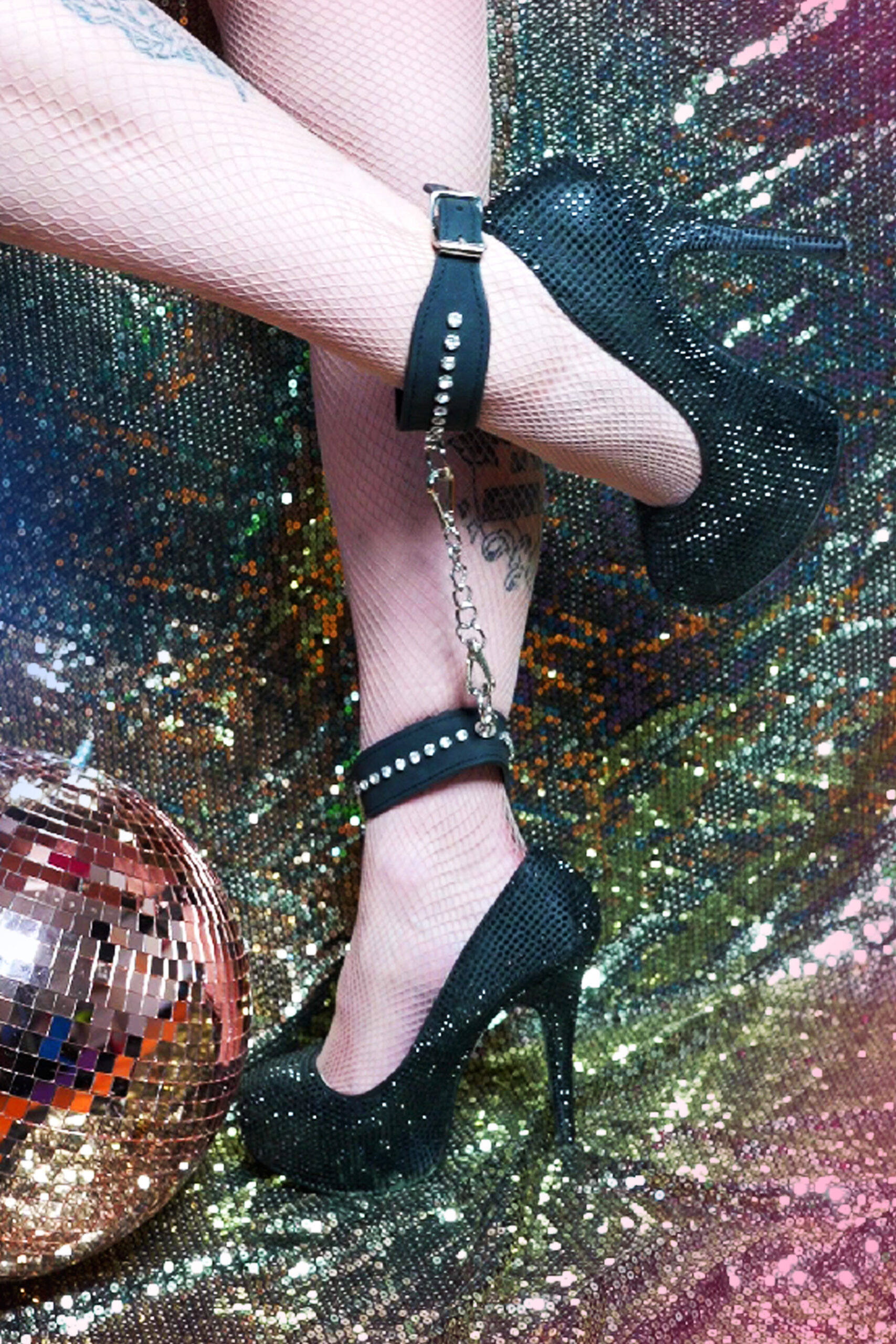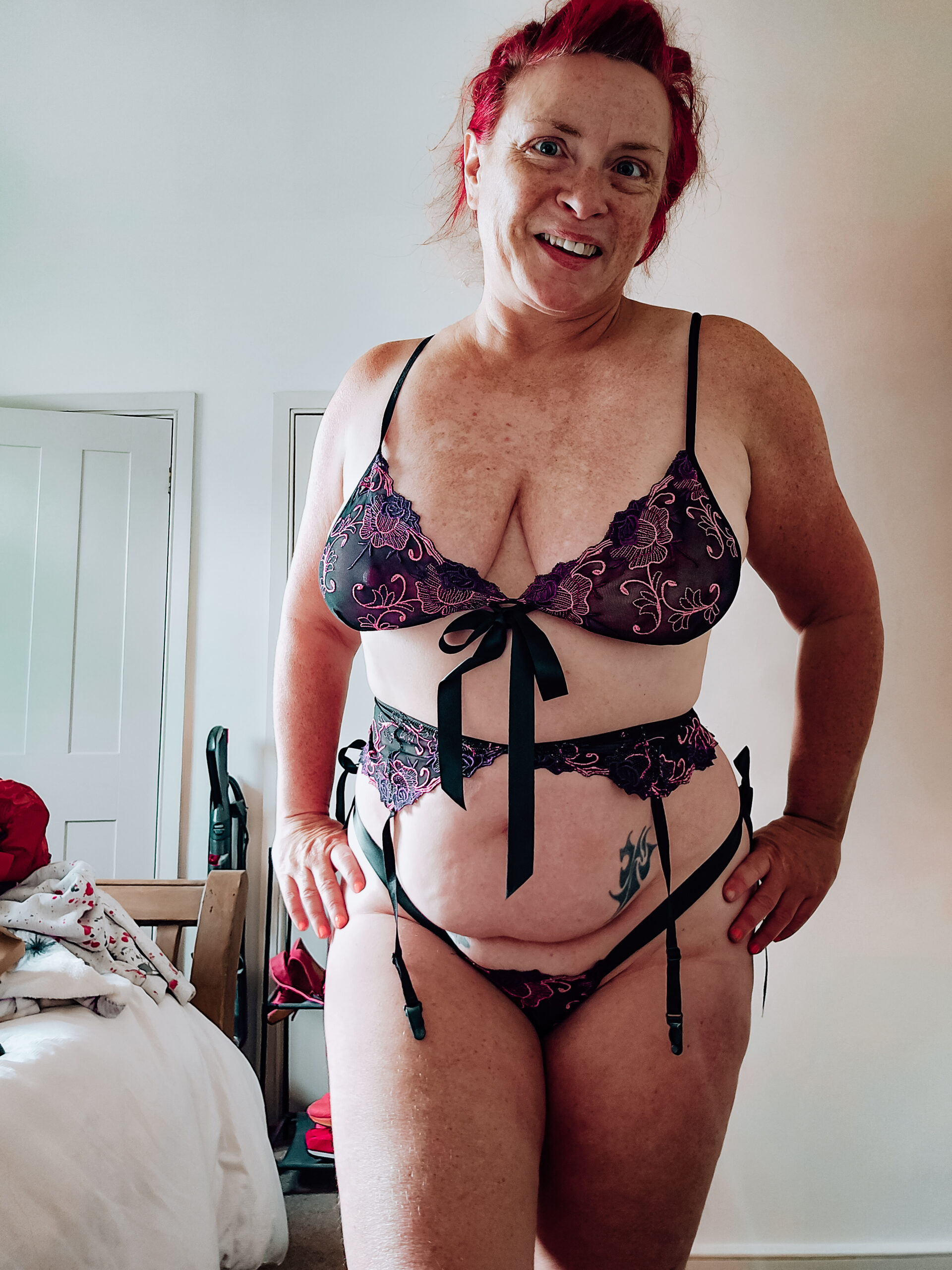How To Recognize Emotional Abuse In Your Relationship And Heal

Recognizing Emotional Abuse
Understanding the subtle signs of emotional abuse is crucial for recognizing when a relationship has become unhealthy. Emotional abuse, while not involving physical violence, can be equally damaging, chipping away at your self-esteem and leaving you feeling isolated and powerless. Recognizing these patterns early on is essential to taking steps towards healing and building healthier relationships in the future.
Constant Criticism
One common red flag of emotional abuse is constant criticism. A partner who frequently belittles your abilities, appearance, or decisions undermines your confidence and makes you question your worth. They may use sarcasm, insults, or put-downs to make you feel inferior and dependent on their approval.
Control and Manipulation
Another hallmark of emotional abuse is excessive control. A controlling partner seeks to dictate your actions, choices, and relationships. They might try to isolate you from friends and family, monitor your whereabouts, or restrict your access to finances. This control can manifest as subtle suggestions, ultimatums, or outright demands.
Manipulation is a key tool used by abusers to maintain power in the relationship. They might employ guilt trips, playing the victim, or gaslighting to make you doubt your own perceptions and memories. A manipulative partner may twist situations to their advantage, blaming you for their own shortcomings or making you feel responsible for their emotional well-being.
It’s important to recognize that emotional abuse can be insidious and often occurs in stages. The abuser might initially appear charming and attentive, but over time, their behaviors become more controlling and damaging. If you are experiencing any of these signs, it is crucial to seek help and support from trusted friends, family, or a qualified therapist.
Isolation from Support Systems
Isolation from support systems is a common tactic used by abusers to increase their control over their victims. They may discourage you from spending time with friends and family, making you feel dependent on them for companionship and emotional support. This isolation can leave you feeling vulnerable and trapped, making it harder to recognize the abuse and seek help.
Abusers often try to paint your loved ones as “toxic” or “against” you, further isolating you from a support network that could offer encouragement and perspective.
Gaslighting
Understanding the subtle signs of emotional abuse is crucial for recognizing when a relationship has become unhealthy. Emotional abuse, while not involving physical violence, can be equally damaging, chipping away at your self-esteem and leaving you feeling isolated and powerless. Recognizing these patterns early on is essential to taking steps towards healing and building healthier relationships in the future.
One common red flag of emotional abuse is constant criticism. A partner who frequently belittles your abilities, appearance, or decisions undermines your confidence and makes you question your worth. They may use sarcasm, insults, or put-downs to make you feel inferior and dependent on their approval.
Another hallmark of emotional abuse is excessive control. A controlling partner seeks to dictate your actions, choices, and relationships. They might try to isolate you from friends and family, monitor your whereabouts, or restrict your access to finances. This control can manifest as subtle suggestions, ultimatums, or outright demands.
Manipulation is a key tool used by abusers to maintain power in the relationship. They might employ guilt trips, playing the victim, or gaslighting to make you doubt your own perceptions and memories. A manipulative partner may twist situations to their advantage, blaming you for their own shortcomings or making you feel responsible for their emotional well-being.
inflatable plug set It’s important to recognize that emotional abuse can be insidious and often occurs in stages. The abuser might initially appear charming and attentive, but over time, their behaviors become more controlling and damaging. If you are experiencing any of these signs, it is crucial to seek help and support from trusted friends, family, or a qualified therapist.
Isolation from support systems is a common tactic used by abusers to increase their control over their victims. They may discourage you from spending time with friends and family, making you feel dependent on them for companionship and emotional support. This isolation can leave you feeling vulnerable and trapped, making it harder to recognize the abuse and seek help.
Abusers often try to paint your loved ones as “toxic” or “against” you, further isolating you from a support network that could offer encouragement and perspective.
Walking on Eggshells
Walking on eggshells in a relationship is a sure sign of emotional abuse. You find yourself constantly anticipating your partner’s moods and trying to avoid triggering them. Small missteps can lead to explosive outbursts or withering criticism, leaving you feeling anxious and afraid to express yourself authentically.
This constant tension creates a toxic environment where you feel unable to relax or be your true self. You may start censoring your thoughts and opinions, suppressing your needs to maintain a semblance of peace. Living in this state of hyper-vigilance can take a heavy toll on your mental and emotional well-being.
Healing from Emotional Abuse
Healing from emotional abuse is a journey that requires courage, self-compassion, and support. It begins with acknowledging the abuse and recognizing its impact on your life. You may feel shame, guilt, or confusion, but it’s important to remember that you are not to blame. Emotional abuse is a form of manipulation and control, and healing involves reclaiming your power and building self-worth.
Seeking Professional Help
Seeking professional help is crucial for individuals who have experienced emotional abuse. A therapist can provide a safe and supportive space to process the trauma, understand the dynamics of abuse, and develop coping mechanisms.
Therapy can help you challenge negative beliefs about yourself that were instilled by the abuser, rebuild your self-esteem, and learn healthy relationship patterns. It can also equip you with strategies for setting boundaries, asserting your needs, and navigating future relationships in a safe and empowered way.
Support groups for survivors of emotional abuse can offer invaluable connection and understanding. Sharing experiences with others who have gone through similar struggles can be validating and empowering. Support groups provide a sense of community and belonging, helping individuals feel less alone in their healing journey.
Building a Support System

Healing from emotional abuse is a journey that requires courage, self-compassion, and support. It begins with acknowledging the abuse and recognizing its impact on your life. You may feel shame, guilt, or confusion, but it’s important to remember that you are not to blame. Emotional abuse is a form of manipulation and control, and healing involves reclaiming your power and building self-worth.
Seeking professional help is crucial for individuals who have experienced emotional abuse. A therapist can provide a safe and supportive space to process the trauma, understand the dynamics of abuse, and develop coping mechanisms.
Therapy can help you challenge negative beliefs about yourself that were instilled by the abuser, rebuild your self-esteem, and learn healthy relationship patterns. It can also equip you with strategies for setting boundaries, asserting your needs, and navigating future relationships in a safe and empowered way.
Support groups for survivors of emotional abuse can offer invaluable connection and understanding. Sharing experiences with others who have gone through similar struggles can be validating and empowering. Support groups provide a sense of community and belonging, helping individuals feel less alone in their healing journey.
Establishing Boundaries
Understanding the subtle signs of emotional abuse is crucial for recognizing when a relationship has become unhealthy. Emotional abuse, while not involving physical violence, can be equally damaging, chipping away at your self-esteem and leaving you feeling isolated and powerless. Recognizing these patterns early on is essential to taking steps towards healing and building healthier relationships in the future.
One common red flag of emotional abuse is constant criticism. A partner who frequently belittles your abilities, appearance, or decisions undermines your confidence and makes you question your worth. They may use sarcasm, insults, or put-downs to make you feel inferior and dependent on their approval.
Another hallmark of emotional abuse is excessive control. A controlling partner seeks to dictate your actions, choices, and relationships. They might try to isolate you from friends and family, monitor your whereabouts, or restrict your access to finances. This control can manifest as subtle suggestions, ultimatums, or outright demands.
- Isolation from support systems is a common tactic used by abusers to increase their control over their victims. They may discourage you from spending time with friends and family, making you feel dependent on them for companionship and emotional support. mesh briefs This isolation can leave you feeling vulnerable and trapped, making it harder to recognize the abuse and seek help.
- Abusers often try to paint your loved ones as “toxic” or “against” you, further isolating you from a support network that could offer encouragement and perspective.
Walking on eggshells in a relationship is a sure sign of emotional abuse. You find yourself constantly anticipating your partner’s moods and trying to avoid triggering them. Small missteps can lead to explosive outbursts or withering criticism, leaving you feeling anxious and afraid to express yourself authentically.
This constant tension creates a toxic environment where you feel unable to relax or be your true self. You may start censoring your thoughts and opinions, suppressing your needs to maintain a semblance of peace. Living in this state of hyper-vigilance can take a heavy toll on your mental and emotional well-being.
Healing from emotional abuse is a journey that requires courage, self-compassion, and support. It begins with acknowledging the abuse and recognizing its impact on your life. You may feel shame, guilt, or confusion, but it’s important to remember that you are not to blame. Emotional abuse is a form of manipulation and control, and healing involves reclaiming your power and building self-worth.
Seeking professional help is crucial for individuals who have experienced emotional abuse. A therapist can provide a safe and supportive space to process the trauma, understand the dynamics of abuse, and develop coping mechanisms.
Therapy can help you challenge negative beliefs about yourself that were instilled by the abuser, rebuild your self-esteem, and learn healthy relationship patterns. It can also equip you with strategies for setting boundaries, asserting your needs, and navigating future relationships in a safe and empowered way.
Support groups for survivors of emotional abuse can offer invaluable connection and understanding. Sharing experiences with others who have gone through similar struggles can be validating and empowering. Support groups provide a sense of community and belonging, helping individuals feel less alone in their healing journey.
Practicing Self-Care
Healing from emotional abuse is a deeply personal journey that requires time, patience, and self-compassion. It begins with recognizing the abuse for what it is and acknowledging its impact on your life.
One crucial step is to seek support from trusted sources like friends, family, or a therapist. clubwear bodystocking plus A therapist can provide guidance and tools to help you process the trauma, rebuild your self-esteem, and develop healthy coping mechanisms. Support groups can also offer a sense of community and understanding as you navigate this challenging process.
Remember that healing is not linear. You may experience setbacks and have moments of doubt, but it’s important to be kind to yourself and continue moving forward.
Here are some self-care practices that can support your healing journey:
* **Prioritize Self-Care:** Engage in activities that bring you joy and nourish your mind, body, and spirit. This could include exercise, spending time in nature, pursuing hobbies, or practicing relaxation techniques like meditation or deep breathing.
* **Establish Boundaries:** Learn to assert your needs and set clear boundaries with others. This will help you protect your emotional well-being and prevent further abuse.
* **Challenge Negative Thoughts:** Emotional abuse can leave lasting scars on your self-perception. Work on identifying and challenging negative thoughts and beliefs that were instilled by the abuser. Replace them with affirmations of self-worth and positive self-talk.
* **Rediscover Your Identity:** Emotional abuse can erode your sense of self. Take time to reconnect with your passions, interests, and values. Explore new hobbies, spend time with supportive friends, and rediscover what makes you unique and valuable.
Healing from emotional abuse is a courageous act of self-love and empowerment. By prioritizing your well-being and seeking support, you can reclaim your life and create a brighter future free from abuse.
Forgiveness and Moving Forward
Understanding the subtle signs of emotional abuse is crucial for recognizing when a relationship has become unhealthy. Emotional abuse, while not involving physical violence, can be equally damaging, chipping away at your self-esteem and leaving you feeling isolated and powerless. Recognizing these patterns early on is essential to taking steps towards healing and building healthier relationships in the future.
One common red flag of emotional abuse is constant criticism. A partner who frequently belittles your abilities, appearance, or decisions undermines your confidence and makes you question your worth. They may use sarcasm, insults, or put-downs to make you feel inferior and dependent on their approval.
Another hallmark of emotional abuse is excessive control. A controlling partner seeks to dictate your actions, choices, and relationships. They might try to isolate you from friends and family, monitor your whereabouts, or restrict your access to finances. This control can manifest as subtle suggestions, ultimatums, or outright demands.
Manipulation is a key tool used by abusers to maintain power in the relationship. They might employ guilt trips, playing the victim, or gaslighting to make you doubt your own perceptions and memories. A manipulative partner may twist situations to their advantage, blaming you for their own shortcomings or making you feel responsible for their emotional well-being.
It’s important to recognize that emotional abuse can be insidious and often occurs in stages. The abuser might initially appear charming and attentive, but over time, their behaviors become more controlling and damaging. If you are experiencing any of these signs, it is crucial to seek help and support from trusted friends, family, or a qualified therapist.
Isolation from support systems is a common tactic used by abusers to increase their control over their victims. They may discourage you from spending time with friends and family, making you feel dependent on them for companionship and emotional support. This isolation can leave you feeling vulnerable and trapped, making it harder to recognize the abuse and seek help.
Abusers often try to paint your loved ones as “toxic” or “against” you, further isolating you from a support network that could offer encouragement and perspective.
Walking on eggshells in a relationship is a sure sign of emotional abuse. You find yourself constantly anticipating your partner’s moods and trying to avoid triggering them. Small missteps can lead to explosive outbursts or withering criticism, leaving you feeling anxious and afraid to express yourself authentically.
This constant tension creates a toxic environment where you feel unable to relax or be your true self. You may start censoring your thoughts and opinions, suppressing your needs to maintain a semblance of peace. Living in this state of hyper-vigilance can take a heavy toll on your mental and emotional well-being. Dream Toys waterproof

Healing from emotional abuse is a journey that requires courage, self-compassion, and support. It begins with acknowledging the abuse and recognizing its impact on your life. You may feel shame, guilt, or confusion, but it’s important to remember that you are not to blame. Emotional abuse is a form of manipulation and control, and healing involves reclaiming your power and building self-worth.
Seeking professional help is crucial for individuals who have experienced emotional abuse. A therapist can provide a safe and supportive space to process the trauma, understand the dynamics of abuse, and develop coping mechanisms.
Therapy can help you challenge negative beliefs about yourself that were instilled by the abuser, rebuild your self-esteem, and learn healthy relationship patterns. It can also equip you with strategies for setting boundaries, asserting your needs, and navigating future relationships in a safe and empowered way.
Support groups for survivors of emotional abuse can offer invaluable connection and understanding. Sharing experiences with others who have gone through similar struggles can be validating and empowering. Support groups provide a sense of community and belonging, helping individuals feel less alone in their healing journey.
Healing from emotional abuse is a deeply personal journey that requires time, patience, and self-compassion. It begins with recognizing the abuse for what it is and acknowledging its impact on your life.
One crucial step is to seek support from trusted sources like friends, family, or a therapist. A therapist can provide guidance and tools to help you process the trauma, rebuild your self-esteem, and develop healthy coping mechanisms. Support groups can also offer a sense of community and understanding as you navigate this challenging process.
Remember that healing is not linear. You may experience setbacks and have moments of doubt, but it’s important to be kind to yourself and continue moving forward.
Here are some self-care practices that can support your healing journey:
* **Prioritize Self-Care:** Engage in activities that bring you joy and nourish your mind, body, and spirit. This could include exercise, spending time in nature, pursuing hobbies, or practicing relaxation techniques like meditation or deep breathing.
* **Establish Boundaries:** Learn to assert your needs and set clear boundaries with others. This will help you protect your emotional well-being and prevent further abuse.
* **Challenge Negative Thoughts:** Emotional abuse can leave lasting scars on your self-perception. Work on identifying and challenging negative thoughts and beliefs that were instilled by the abuser. Replace them with affirmations of self-worth and positive self-talk.
* **Rediscover Your Identity:** Emotional abuse can erode your sense of self. Take time to reconnect with your passions, interests, and values. Explore new hobbies, spend time with supportive friends, and rediscover what makes you unique and valuable.
Healing from emotional abuse is a courageous act of self-love and empowerment. By prioritizing your well-being and seeking support, you can reclaim your life and create a brighter future free from abuse.























